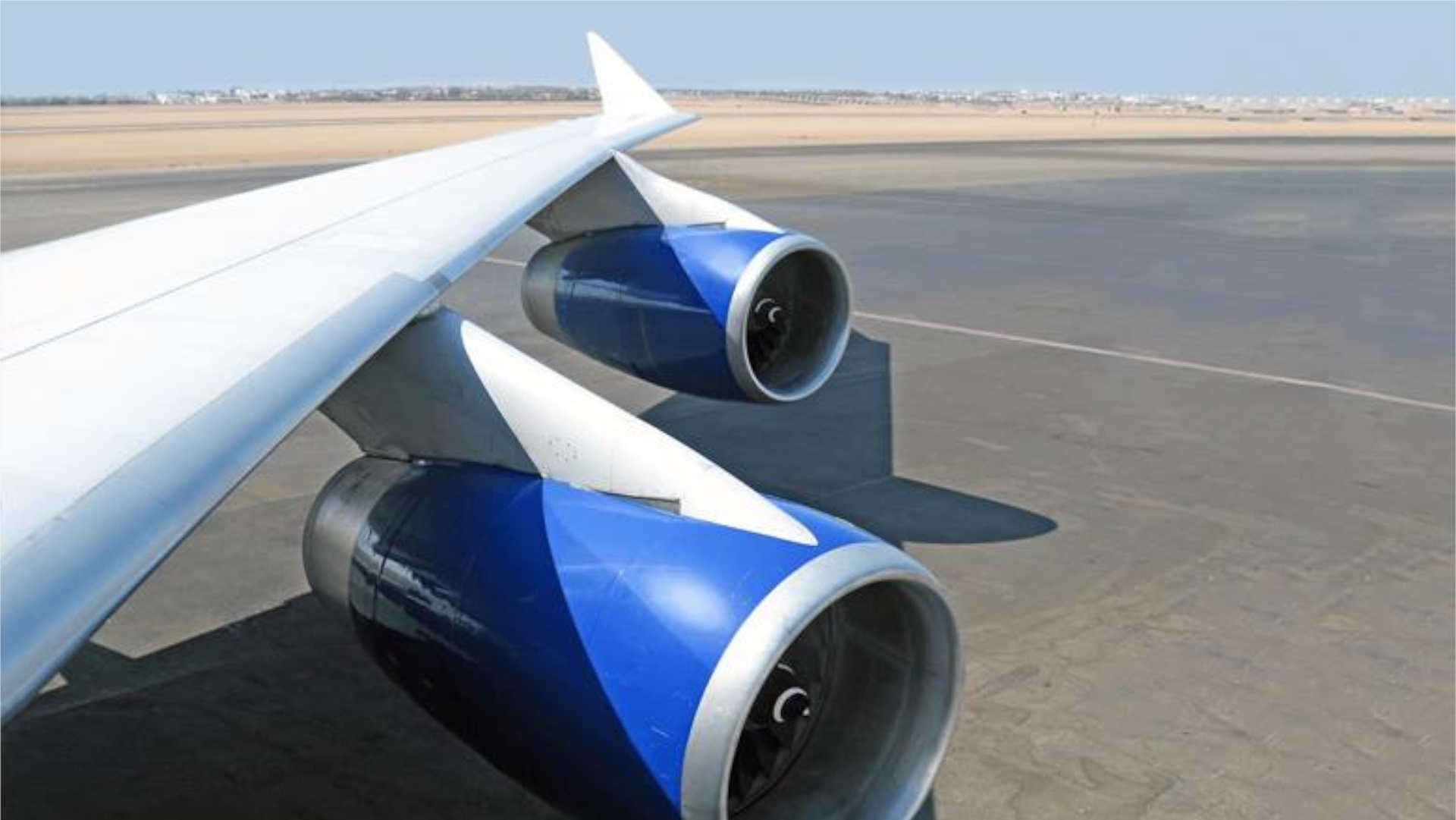
Are aviation workers losing their hearing?
How does constant noise exposure affect the hearing for airline personnel?
Created Updated
People who hear
The whir of an aircraft engine and the roar of takeoff are business as usual for Cpt. Mike Cottell, who has been working as a commercial pilot for 25 years, clocking 15,000 flight hours. While the job has its benefits, one if its most unpleasant side effects is hearing loss.
"Guys nearing the end of their career sometimes have logged up to 30,000 flight hours. When you convert that into years, it’s almost 4 years of permanent exposure to elevated noise levels"
- CPT. MIKE COTTELL
This constant noise exposure can be dangerous for aviation workers. Pilots, cabin attendants, mechanics, and baggage handlers all spend a lot of their time on the job in noisy environments. Most now have some protection from blaring jet engines, but an earlier generation of airline workers didn’t – and they’re paying for it now.
A study by the U.S. Bureau of Labour Statistics listed the airline industry second only to metal manufacturing for having the highest hearing loss rate of all professions. The report notes the following:
"Occupations such as baggage handlers, mechanics, and service technicians make up a substantial proportion of employment in this industry. These types of workers experience loud noises from aircraft and are thus susceptible to occupational hearing loss"
- U.S. BUREAU OF LABOR STATISTICS
Prolonged exposure
Just how much noise are people working with airplanes exposed to? Purdue University researchers measured that the sound from a jet taking off at 25 metres away is 150 dB – a sound capable of rupturing an eardrum. A jet takeoff at 305 metres had a significantly lower sound level at 100 dB, but was still said to have the potential to cause serious hearing damage when exposed to it for an 8-hour period, which is common for baggage handlers and runway workers. In comparison, researchers measured a conversation in a restaurant to be at only 60 dB. Cottell says that many older pilots from the 1960s and 1970s now have hearing problems because they did not wear protection during flight or when doing walk-arounds for their preflight procedures. The iconic Boeing 727, one of the more popular aircraft of the time, was notorious for being particularly noisy.
It isn’t just pilots who have suffered from prolonged noise exposure. Baggage handlers and mechanics, who work outside the aircraft, are exposed to even higher levels of noise than pilots. In 2009, a baggage handler with Air Australia successfully sued the airline for hearing loss he said he received from excessive noise exposure while handling baggage while aircraft engines were still on. He also claimed that noisy conveyor belts contributed to the loss. A study conducted in 2011 among 327 aircraft maintenance workers in Sweden confirms this risk*. It showed that the aircraft workers - all under the age of 40 - had more hearing loss than a reference population not exposed to occupational noise.
Noise protection
Today, research is being done to equip airplanes with “active noise control” technology that greatly reduces noise in the entire cabin. The technology works by producing a pressure wave of equal amplitude that is opposite to the unwanted sound. When this wave is added, the result is a quieter aircraft cabin. It’s the same technology that is used in noise-cancelling headsets, and can be used in the bigger space of an airplane cabin.
What’s more, much of the excessive noise from airplanes is now filtered out with ear plugs and communication headsets. The U.S. Occupational Safety and Health Association requires that personal hearing protection be worn for workplace noise over 85 decibels. Rob Hunter, head of flight safety for the British Airline Pilots Association, says that pilot hearing loss isn’t as much of a concern now that ear protection is the norm.
According to Hunter, research suggests that pilots are prone to getting hearing loss in only one ear, because cockpit communication headsets are typically only worn on one side. Now pilots are encouraged to wear headsets that cover both ears. “From the pilot’s perspective, aircraft are no longer as noisy as they were,” he concludes.
Despite such improvements, pilots and other aviation workers still need to take the risk of noise exposure seriously. “It’s about long-term exposure,” Cottell says. “Prevention is the key these days and that all comes under the auspices of occupational health and safety.”
Read the study by Smedje et. al 2011 mentioned in the article
THE ULTIMATE SOLUTION FOR CLIENTS WITH SINGLE SIDED DEAFNESS
WIDEX CROS can be fitted with any hearing aid in the DREAM range either as a CROS or BiCROS option to increase awareness and listening.
